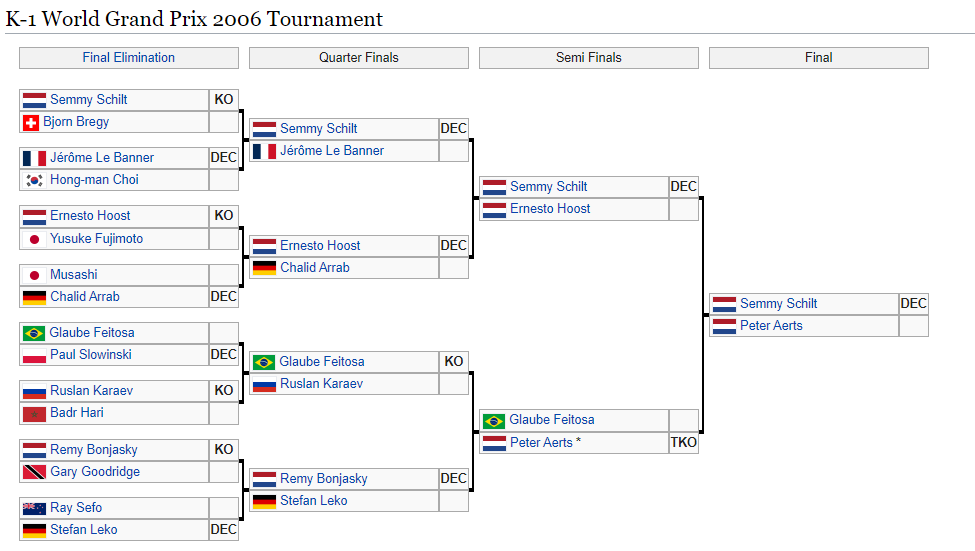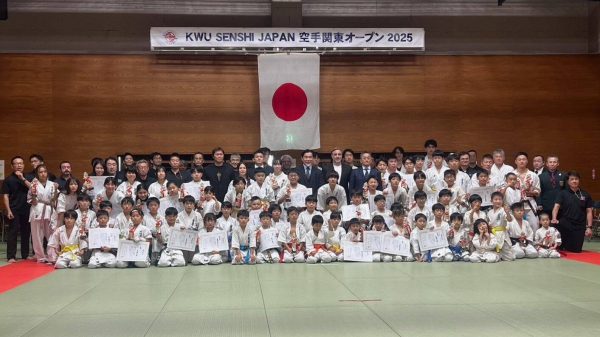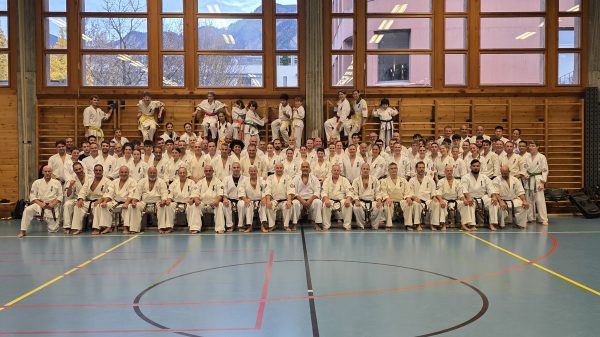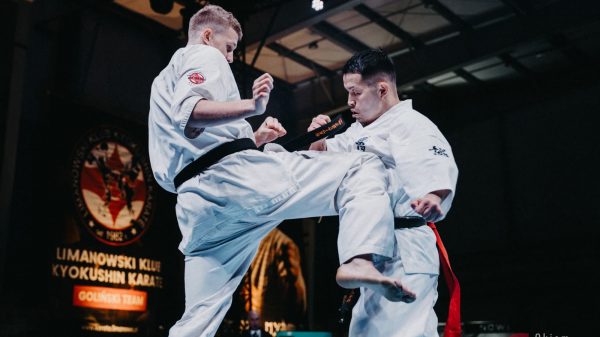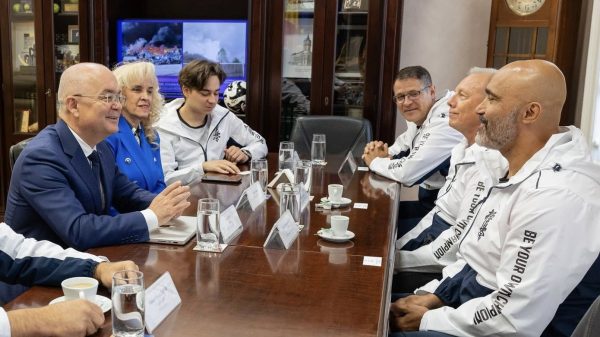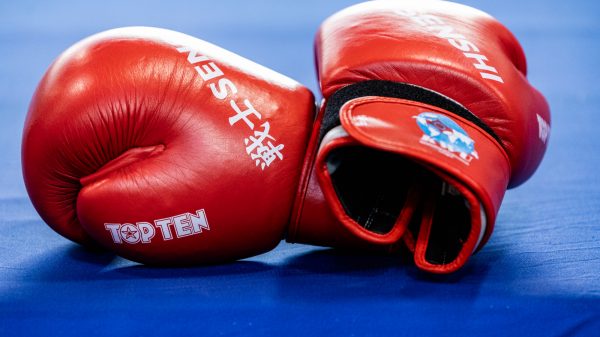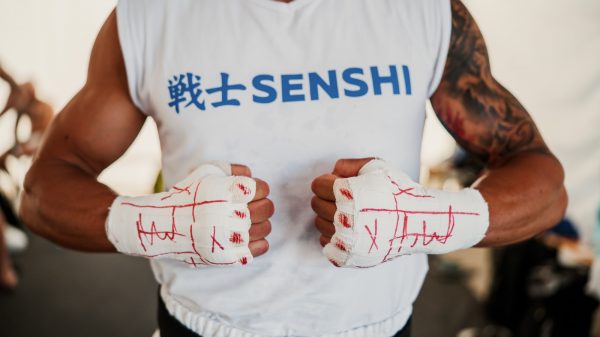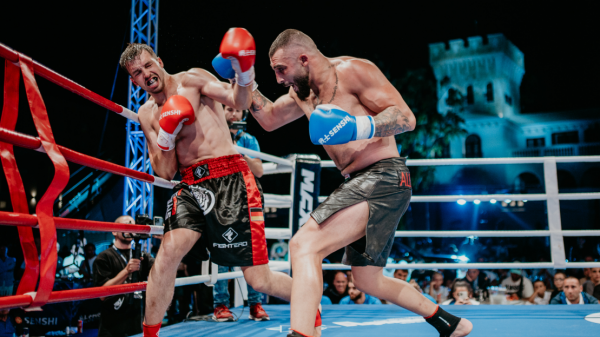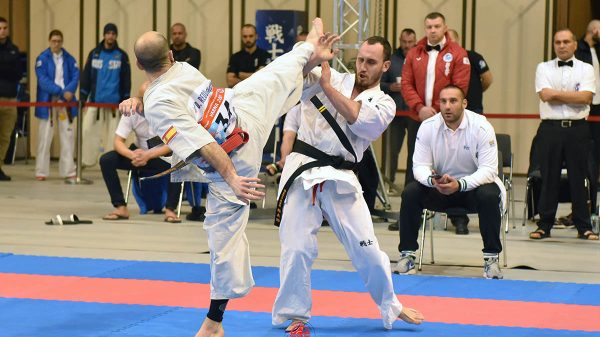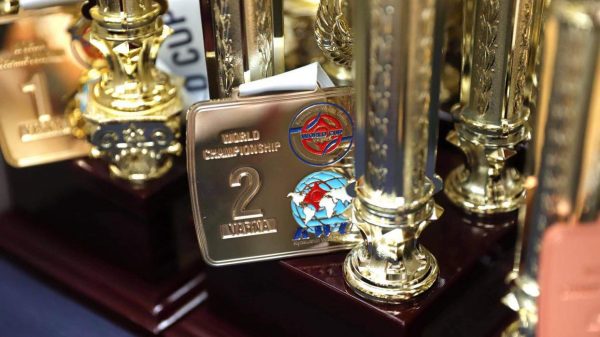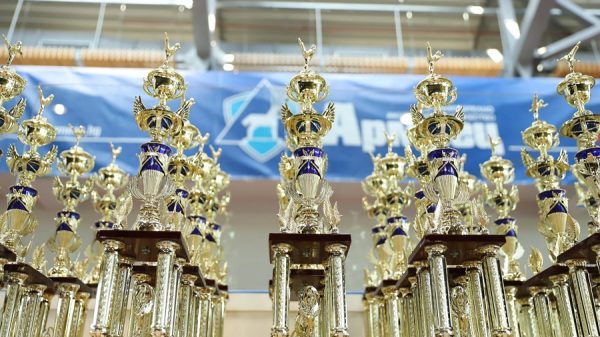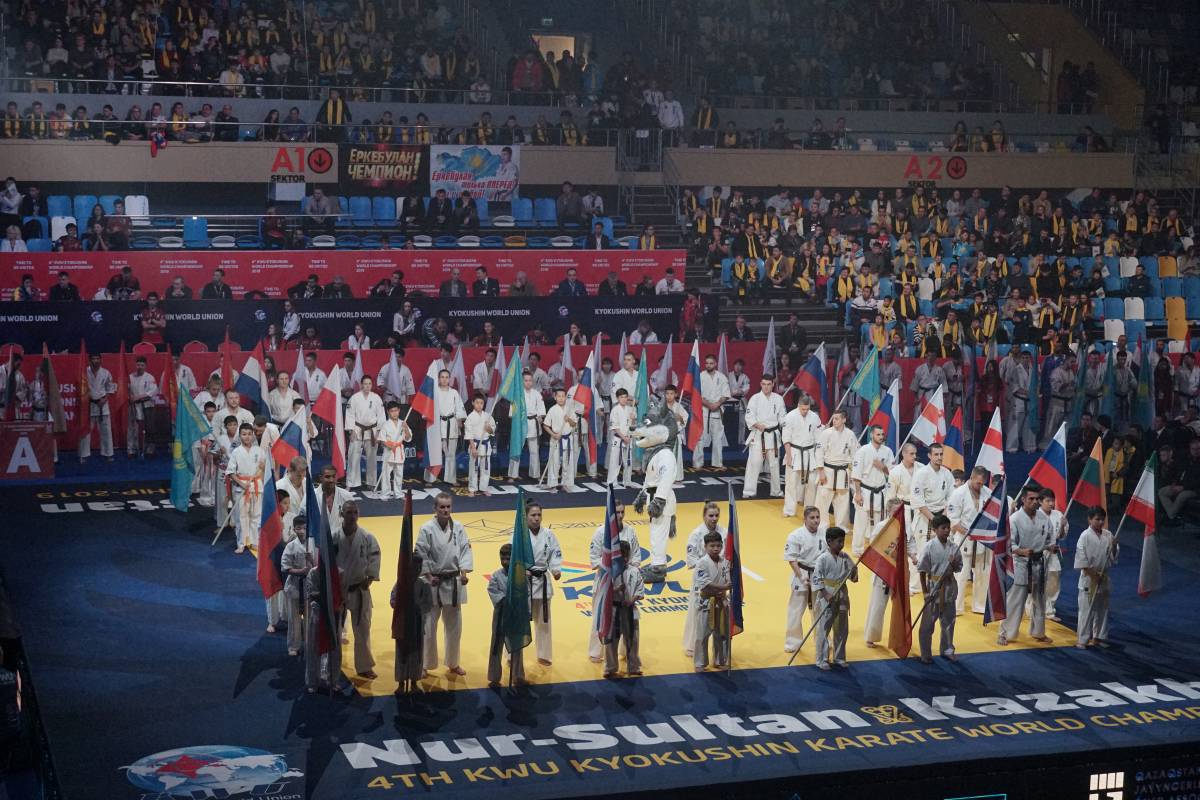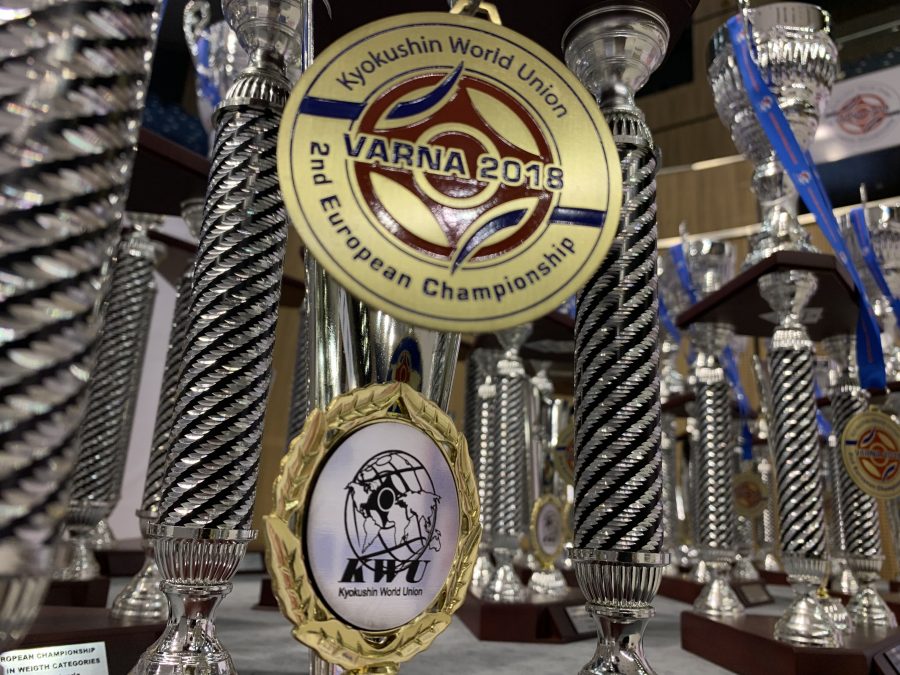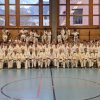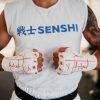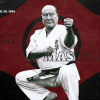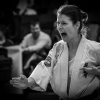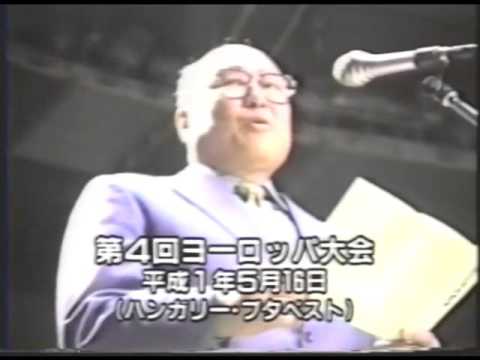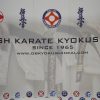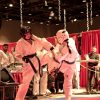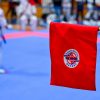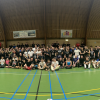K-1 World Grand Prix 2006 in Tokyo Final was kickboxing promoted by the K-1.
The tournament qualifiers had all qualified via elimination fights at the K-1 World Grand Prix 2006 in Osaka Opening Round. Losing fighters Musashi and Ray Sefo was invited as reserve fighters while Badr Hari and Paul Slowinski would face one another in a ‘Super Fight’. Peter Aerts and Melvin Manhoef were also invited to the event as reservists. As well as tournament bouts there were also a number of ‘Opening Fights’ primarily involving local fighters, fought under K-1 Rules. In total there were eighteen fighters at the event, representing ten countries.
The tournament winner was Semmy Schilt who won his second consecutive K-1 World Grand Prix by defeating Peter Aerts (who was making his fourth appearance in the final) via third-round unanimous decision. The victory was sweet revenge for Schilt who had lost to Aerts earlier on in the year at the K-1 World Grand Prix 2006 in Auckland. The event was also notable for being Ernesto Hoost’s last K-1 tournament and last fight – after a career spanning twenty-three years featuring numerous titles including four K-1 World Grand Prix victories. Hoost managed to make the semi-finals where he was defeated via third-round unanimous decision by the eventual winner Schilt. The event was held at the Tokyo Dome in Tokyo, Japan on December 2, 2006, in front of 54,800 spectators.
